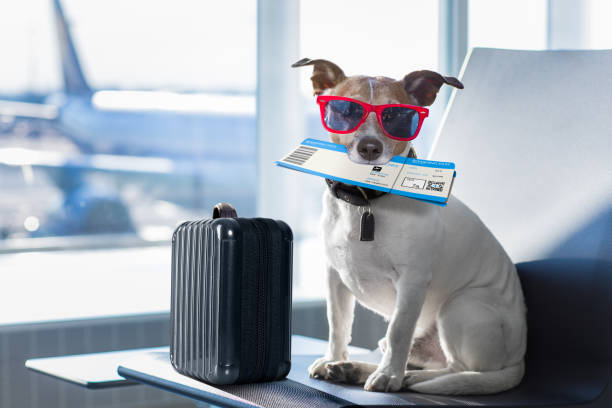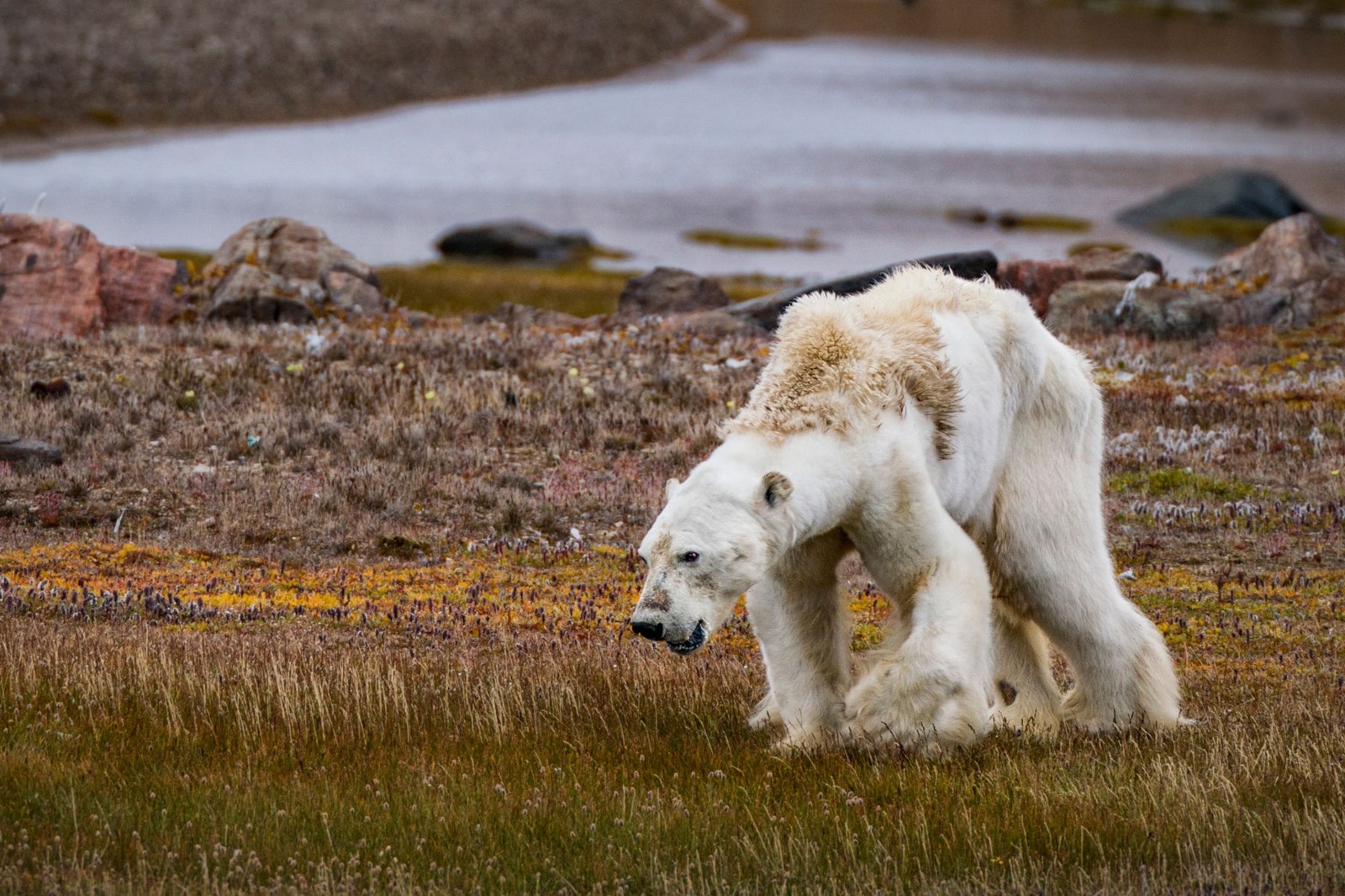
Jet-Set Pets: Mastering Travel Training to Prepare Your Pet for Stress-Free Journeys
Learn expert strategies and practical tips to train your pet for safe, calm, and enjoyable travel experiences, ensuring smooth journeys whether by car, plane, or train.
🐶 Pet Star
28 min read · 4, Jul 2025

Introduction: Why Travel Training Your Pet Matters
Traveling with pets has become increasingly popular as families seek to include their furry companions in vacations, visits, and relocations. However, without proper preparation, travel can be stressful and even dangerous for pets. Many pets experience anxiety, motion sickness, or behavioral issues when exposed to unfamiliar environments and routines.
Travel training is a purposeful process that acclimates pets to the experience of travel, teaching them how to stay calm, comfortable, and safe during journeys. From familiarizing pets with carriers and restraints to managing feeding and bathroom breaks, effective training enhances the well-being of your pet and the convenience for you.
In this article, we will explore comprehensive methods and expert insights to help you prepare your pet for travel—whether it’s a quick car trip or a long international flight. You’ll learn how to gradually acclimate your pet, select the right equipment, manage health concerns, and handle common challenges, ensuring your adventures together start on the right paw.
Understanding Pet Travel Anxiety
What Causes Travel Anxiety in Pets?
Just like humans, pets can feel stress when exposed to new experiences. Common causes of travel anxiety include:
- Unfamiliar environments and noises
- Motion sickness and discomfort
- Separation from familiar surroundings
- Confined spaces and restraints
Dogs often pant, drool, whine, or try to escape, while cats might hide or exhibit aggressive behavior. Recognizing these signs early is crucial to addressing travel anxiety effectively.
Statistics on Pet Travel Stress
A 2020 survey by the American Pet Products Association (APPA) found that nearly 40% of pets experience some form of anxiety during travel, with car rides being the most common trigger.
Preparing Your Pet Mentally and Physically for Travel
Start Early with Desensitization
Begin travel training weeks or months before the trip. Gradually expose your pet to travel-related stimuli:
- Car rides: Start with short, positive trips, rewarding calm behavior.
- Carrier training: Encourage your pet to enter and spend time in their carrier with treats and toys.
- Sounds: Play recordings of travel sounds like engine noise or airport announcements at low volume, increasing gradually.
Physical Preparation
- Ensure your pet is in good health; schedule a vet check-up before travel.
- Keep vaccinations and parasite preventatives up to date.
- Discuss sedation or anti-anxiety medications with your vet if needed.
Choosing the Right Travel Equipment
Carriers and Crates
Selecting the right carrier or crate is essential for safety and comfort.
- Size: The carrier should be large enough for your pet to stand, turn, and lie down comfortably.
- Ventilation: Adequate airflow is vital.
- Security: Look for sturdy construction and secure closures.
Harnesses and Seat Belts
For car travel, harnesses designed for restraint can prevent injury during sudden stops or accidents.
Additional Accessories
- Travel water bowls and spill-proof containers.
- Cooling mats or blankets depending on climate.
- Familiar blankets or toys to provide comfort.
Training Your Pet to Stay Calm in the Carrier
Creating Positive Associations
Make the carrier a happy place:
- Feed meals inside the carrier.
- Use treats and praise to encourage entry.
- Gradually increase the time your pet spends inside.
Practice with Short Sessions
Begin with a few minutes and slowly extend duration. Practice closing the door briefly and opening it, so your pet learns the carrier isn’t a trap.
Car Travel: Tips and Best Practices
Before the Trip
- Exercise your pet to tire them out.
- Avoid feeding a large meal right before traveling to reduce nausea.
- Bring water and plan regular stops.
During the Trip
- Secure pets in carriers or with harnesses.
- Keep windows slightly open for ventilation, but avoid letting pets hang heads out due to safety risks.
- Use calming music or white noise.
At Stops
Allow bathroom breaks and a little exercise to relieve stress.
Air Travel: Navigating Pet Policies and Procedures
Understanding Airline Requirements
Each airline has specific rules for pet travel, including carrier dimensions, health certificates, and fees. Research and book well in advance.
In-Cabin vs. Cargo
Small pets can often fly in the cabin under the seat, while larger pets may be transported in the cargo hold.
Preparing for Security Screening
Remove your pet from the carrier at security checkpoints while the carrier is x-rayed.
Tips for Reducing Stress During Flights
- Avoid sedatives unless prescribed.
- Keep your pet hydrated.
- Use pheromone sprays or calming supplements if recommended by your vet.
Train Your Pet for Public Transport and Other Modes
Trains and Buses
Many public transit systems allow pets with carriers. Practice being calm in crowded or noisy environments.
Boats and Ferries
Introduce pets to water and boat noises gradually. Use life jackets for safety.
Dealing with Common Travel Challenges
Motion Sickness
Symptoms include drooling, vomiting, and lethargy.
- Feed light meals before travel.
- Consult your vet about anti-nausea medication.
- Keep the vehicle cool and well-ventilated.
Stress and Anxiety
- Use calming products like pheromone collars or sprays.
- Practice relaxation techniques.
- Maintain a consistent routine.
Bathroom Breaks
Plan frequent stops or bring absorbent pads for accidents.
Managing Feeding and Hydration During Travel
Keeping Your Pet Comfortable and Healthy
Proper nutrition and hydration during travel are essential but can be challenging.
- Feeding schedule: Avoid heavy meals before travel to reduce nausea and vomiting. Offer small, frequent meals if traveling for long periods.
- Hydration: Ensure fresh water is always available. Collapsible water bowls are convenient for travel.
- Avoid new foods: Stick to familiar diets to prevent digestive upset.
According to a 2021 study by the Journal of Animal Physiology and Animal Nutrition, maintaining hydration during travel significantly reduces stress markers in dogs.
Traveling with Senior Pets: Special Considerations
Senior pets often have unique needs that must be considered during travel.
- Mobility aids: Use ramps or steps to help pets enter cars or carriers without strain.
- Comfortable bedding: Ensure extra padding and orthopedic support.
- Medication management: Keep medications handy and maintain dosage schedules.
- Frequent breaks: Older pets may require more rest and bathroom breaks.
Dr. Emily Thompson, a geriatric pet care specialist, recommends:
“Allow extra time for travel with senior pets, and observe their behavior closely for signs of discomfort or fatigue.”
Training for Calmness in Busy Travel Environments
Desensitization to Crowds and Noise
Busy airports, train stations, and rest stops can overwhelm pets. Training your pet to remain calm in such environments is vital.
- Start with visits to less crowded places, rewarding calm behavior.
- Gradually increase exposure to busier settings.
- Use calming aids like pheromone sprays or anxiety wraps during travel.
- Teach basic commands such as “sit,” “stay,” and “leave it” to help manage behavior in public.
Mark Daniels, animal behaviorist, notes,
“Controlled exposure combined with positive reinforcement builds your pet’s confidence and resilience.”
Using Technology to Ease Pet Travel
Smart Solutions for Stress-Free Journeys
Technological innovations now assist pet owners in monitoring and improving travel experiences:
- GPS trackers: Ensure your pet’s location is always known.
- Pet cameras: Monitor your pet remotely, especially useful during layovers or hotel stays.
- Wearable health monitors: Track vital signs and activity levels.
- Apps for pet-friendly travel: Locate pet-friendly hotels, parks, and services easily.
An example is the Whistle GO Explore tracker, which offers real-time GPS tracking and health monitoring, reducing anxiety for traveling owners.
Travel Training for Specific Pet Types
Dogs
- Gradual introduction to the crate and car rides is critical.
- Breed-specific considerations: brachycephalic (short-nosed) breeds need extra caution due to breathing issues.
Cats
- Cats prefer quiet, secure carriers.
- Keep routines consistent to reduce stress.
- Cover carriers with breathable cloth during travel to provide a safe environment.
Small Animals and Birds
- Use sturdy, escape-proof carriers.
- Minimize handling during travel.
- Maintain temperature control to avoid overheating or chilling.
Conclusion: Ensuring Enjoyable and Stress-Free Travels for Your Pet
Travel training is an essential step toward making journeys with your pet safe, comfortable, and enjoyable. By gradually acclimating your pet to travel environments, equipment, and routines, you reduce anxiety and potential health risks while fostering a sense of security. Whether it’s a short car ride or an international flight, preparation is key.
Understanding your pet’s unique needs—whether physical, behavioral, or medical—enables you to tailor training and travel plans accordingly. Using positive reinforcement, familiar objects, and gradual exposure builds trust and confidence, making your pet more willing and relaxed during trips. Choosing the right carriers, harnesses, and accessories ensures safety and comfort, while regular breaks and hydration help maintain their well-being on the road.
Traveling with pets can sometimes present challenges, but with patience, proper equipment, and expert guidance, many obstacles become manageable. Advances in technology, from GPS trackers to calming aids, offer additional tools to enhance your pet’s travel experience. Moreover, being prepared for emergencies and understanding travel regulations, especially for international trips, safeguards your pet’s health and legal compliance.
Ultimately, travel training strengthens the bond between you and your furry companion, turning travel into a shared adventure rather than a source of stress. With thoughtful planning and ongoing practice, you can look forward to countless happy journeys together—creating lasting memories with your pet by your side.
Q&A: Key Insights on Travel Training for Pets
Q1: What is the best way to start travel training my pet?
A1: Begin with short, positive trips and gradual exposure to travel gear like carriers, rewarding calm behavior consistently.
Q2: How can I reduce my pet’s travel anxiety?
A2: Use desensitization techniques, calming pheromones, familiar items, and maintain a steady routine before and during travel.
Q3: Are sedatives recommended for pet travel?
A3: Sedatives should only be used under veterinary advice as they can sometimes worsen anxiety or cause health issues.
Q4: How do I choose the right carrier for my pet?
A4: Select a carrier that is well-ventilated, secure, and sized so your pet can stand, turn, and lie down comfortably.
Q5: Can I travel with my pet in the cabin on a plane?
A5: Small pets are often allowed in the cabin within approved carriers; always check airline policies in advance.
Q6: How often should I stop during long car trips with my pet?
A6: Plan breaks every 2-3 hours for bathroom needs, hydration, and light exercise.
Q7: What special considerations are there for senior pets during travel?
A7: Senior pets may need extra padding, slower pace, medication on schedule, and assistance with mobility.
Q8: How do I prepare my pet for international travel?
A8: Ensure vaccinations, microchipping, health certificates, and understand quarantine rules for your destination.
Q9: What should I include in a pet travel first aid kit?
A9: Include bandages, antiseptics, tweezers, a thermometer, any medications, and your vet’s contact info.
Q10: How do I encourage my pet to use their travel carrier?
A10: Make the carrier a positive place by feeding meals inside it, using treats, toys, and gradually increasing time spent inside.
Similar Articles
Find more relatable content in similar Articles

The Growing Trend of Therapy and Emotional Support Ani..
Exploring the remarkable rise .. Read More

How Pets Strengthen Family Bonds...
Pets are more than just compan.. Read More

Pets and Mental Health: The Science Behind Emotional H..
Discover the profound impact o.. Read More

How Climate Change Affects Wild and Domestic Animals...
Climate change is dramatically.. Read More
Explore Other Categories
© 2024 Copyrights by rPets. All Rights Reserved.